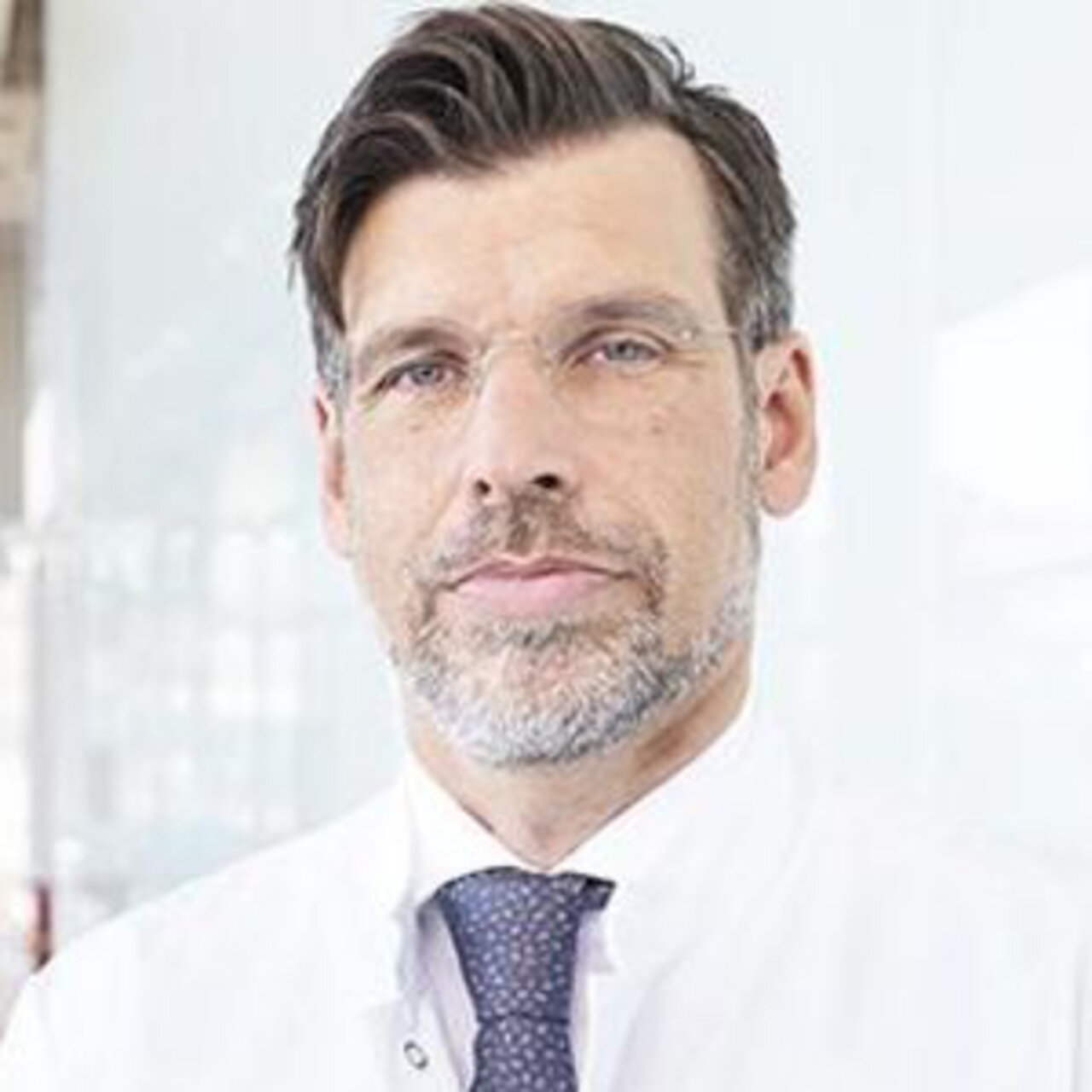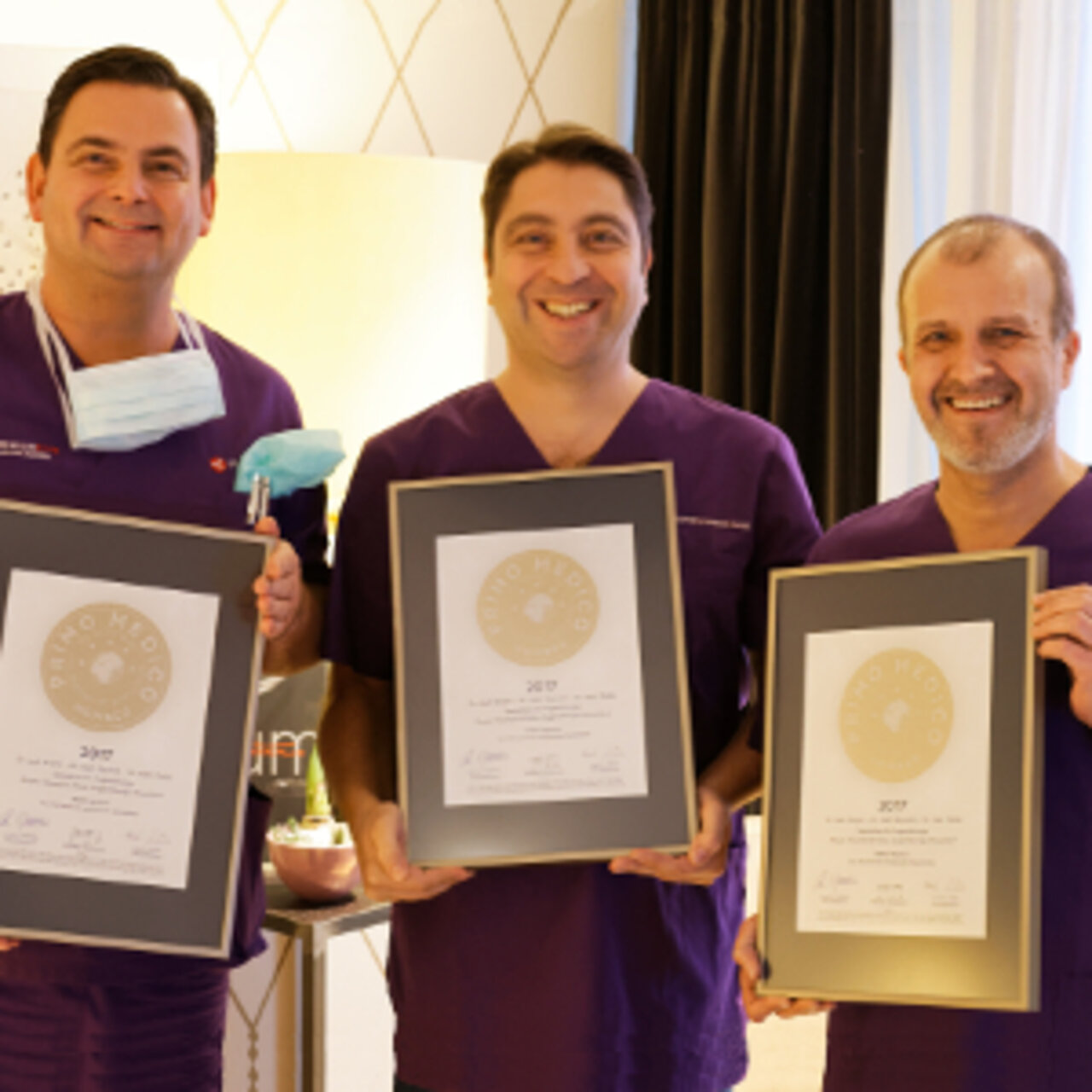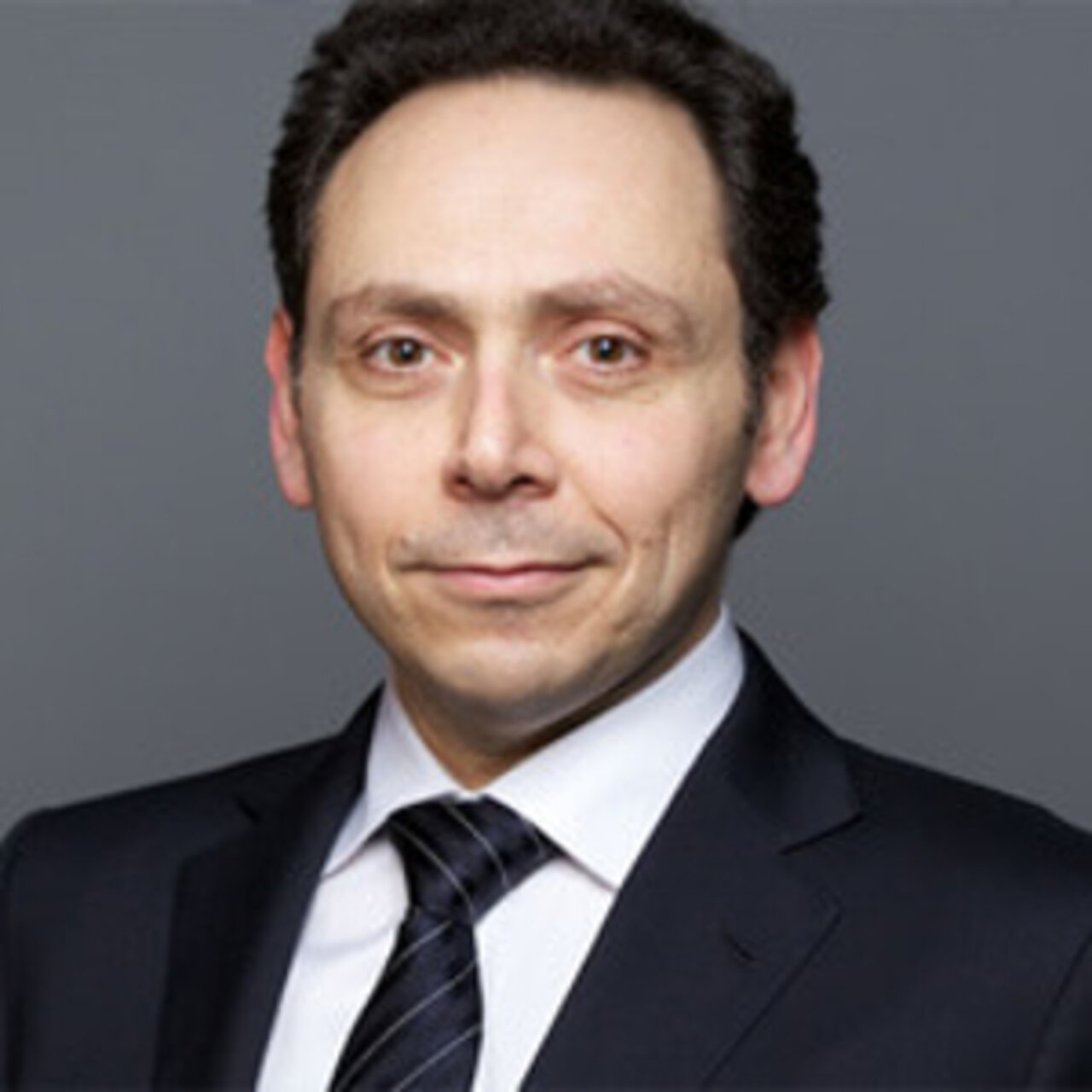Specialists in Lens Surgery
5 Specialists found
Information About the Field of Lens Surgery
Ninety percent of cataracts are age-related. Cataract in old age is a natural aging process of the lens. One in three or four people in Germany will need lens surgery during their lifetime. Different lenses are available, which are used depending on the previous situation and the patient's wishes. Monofocal lenses allow the patient to see sharply either at a distance, near, or at a distance in between. Multifocal lenses work similarly to varifocals.
Who Is Eligible for Lens Surgery?
The most common reason for lens surgery is cataracts. Ninety percent of cataracts are age-related. Cataract in old age is a natural aging process of the lens. Therefore, every third or fourth person in Germany will need lens surgery in the course of their life.
However, cataracts can also have other causes and occur earlier in life. General diseases, such as diabetes mellitus, other eye diseases, injuries, previous eye surgeries, and certain medications can cause cataracts. Cataracts can also be congenital. Cataracts can only be treated by surgery. Medications and eye drops do not help.
If the cataract is mild and does not bother the patient, it can wait for the time being. When a cataract should be operated on depends primarily on how it affects the patient. Cataracts cause the patient's vision to deteriorate; patients often see a gray haze, perceive colors attenuated, and are quickly blinded, for example, when driving at night.
Before surgery, the ophthalmologist clarifies the following questions. Is reading still possible? Does bright light blind the patient? How is night vision? Is the patient impaired when driving or at work? In addition, the ophthalmologist checks whether there is another eye disease that additionally damages vision, for example, a retinal change, especially macular degeneration, or advanced glaucoma. Finally, the ophthalmologist can check the retina's function despite a cloudy lens with the retinometer. The examination is essential to assess the extent to which lens surgery would improve the patient's vision.
In some cases, lens surgery is necessary for medical reasons. For example, surgery is needed if rapidly increasing lens swelling threatens to tear the lens capsule. A tear can cause lens protein to leak and enter the eye's interior. In the case of a mature cataract, lens protein can also pass through the capsule and cause inflammation. Furthermore, a change in the shape or position of the lens after a disease or injury may necessitate lens surgery.
There is also the possibility of correcting refractive errors with lens surgery. Either an additional lens is placed in the eye without removing the natural lens, or the natural lens is replaced with an artificial lens, as in cataract surgery. An additional lens can be inserted in cases of severe myopia or farsightedness, or astigmatism. A lens exchange can correct myopia and farsightedness, and presbyopia at the same time.
Which Artificial Lenses Are Available?
There are various lenses available, which are inserted depending on the previous situation and the patient's wishes.
Monofocal lenses allow the patient to see sharply either at a distance, near, or at a distance in between.
Multifocal lenses function similarly to varifocals. The patient sees sharply with these lenses but can also read.
Trifocal lenses have three focal points. The patient sees well at near, at a distance, and between. Multifocal lenses also have disadvantages. Patients may have a poorer vision at dusk and may be more easily blinded.
Extended Depth of Focus (EDoF) lenses provide sharp distance and near vision from screen distance. However, patients need glasses to read. In addition, EDoF lenses are said to have the advantage of less glare for the patient than multifocal lenses.
A phakic intraocular lens (ICL) is an artificial add-on lens used to treat severe myopia, farsightedness, or astigmatism. Toric lenses compensate for astigmatism.
Various synthetic materials are used for the replacement lenses. PMMA (polymethylmethacrylate = plexiglass) is very hard. The material has the advantage that it does not dissolve even over decades and does not emit toxic substances. It remains clear in the eye for a lifetime.
The disadvantage is that the lenses are rigid and not elastic. Silicone rubber is more flexible and foldable. Foldable lenses are also made from acrylic copolymers. These are mainly used today. Foldable lenses have the advantage that they can be inserted through a small incision that does not require stitches.
How Much Does Lens Implantation Cost?
The implantation of a lens costs between 2000 and 3000 euros per eye in Germany. To implant a monofocal lens, you have to calculate at least 2000 euros, for a multifocal lens at least 2500 euros. The costs for implanting a monofocal lens for cataracts are covered by statutory health insurance. If patients wish to have a multifocal lens or EDoF lens, they must cover the additional costs.
What Is the Procedure for Implanting an Artificial Lens?
Before the surgery, the ophthalmologist examines and measures the eyes to calculate the strength of the artificial lens. It is a two-step surgery., which usually requires only a local anesthetic, either with eye drops or an injection near the eyes. In addition, a sedative may be given.
During cataract surgery, the surgeon first removes the old lens. The lens consists of a hard nucleus, a softer cortex, and a lens capsule encloses the nucleus and cortex. The lens is connected to the ray body with elastic fibers called zonula fibers.
Opacification usually begins radiating in the cortex or on the posterior cortex just below the capsule in age-related cataracts. Most often, the interior of the lens is removed with phacoemulsification, where the surgeon opens the eye at the edge of the cornea with an incision less than 3 millimeters large. First, a small round opening is cut in the front of the lens capsule. Next, the surgeon liquefies the lens nucleus with ultrasound and aspirates the nucleus and softer cortex. The back part of the lens capsule, the capsular sac, is left intact. In another technique, ECCC, with an expression of the nucleus, the nucleus is removed as a whole. However, this requires a larger incision.
This method is used for very hard, highly opacified lenses when the nucleus would be challenging to break up with ultrasound. When using an artificial lens, a distinction is made between a posterior chamber lens, an anterior chamber lens, and an iris-fixed lens.
Using a posterior chamber lens is the standard technique today. First, the surgeon places an artificial lens in the empty capsular sac, i.e., the cloudy lens. Next, he can insert a soft folded lens or a hard lens that cannot be folded. To insert the rigid lens, the surgeon must enlarge the incision. If the capsular sac is no longer intact due to the disease or damaged during surgery, it must also be removed. The posterior chamber lens can then be sutured to the ciliary body and sclera.
If the capsular sac is lost, the surgeon may also insert an anterior chamber lens or an iris-fixed lens. The anterior chamber lens is placed in front of the iris and rests in the eye's anterior chamber at the chamber angle. Using an anterior chamber lens carries more risks than a posterior chamber lens. The anterior chamber lens can alter the tissue in the chamber angle or damage the cornea's inner layer. Iris-fixed lenses are anchored to the iris. The iris-fixed lens is usually well tolerated.
The lens can also be removed with the capsular sac in exceptional cases. The capsule is frozen with a cold probe in this so-called intracapsular cataract extraction. This allows the surgeon to remove the lens and capsule as a whole. This method is used when the zonular fibers are very loose or torn.
When using an additional lens for refractive errors, the surgeon opens the cornea at the edge and inserts an additional lens into the eye, which functions much like a contact lens. The surgeon anchors the lens to the iris or inserts it to rest in the chamber angle. There are also artificial lenses placed on the lens of the eye behind the iris.
What Are the Risks of Lens Implantation?
During lens surgery, there is a risk of rupturing the posterior capsule. If this causes the vitreous body to fall into the eye's anterior chamber, it must also be removed. In addition, due to the prolapse of the vitreous body, there is a risk that the retina will also detach. Rupture of the posterior capsule is more likely in diabetics, after trauma, or after previous eye surgery.
In myopia, there is an increased risk of retinal detachment. Rarely, intraocular pressure may increase, or the cornea may become temporarily cloudy. Another complication is inflammation of the interior of the eye. Bacteria can enter the eye through the incision and cause inflammation, but this can usually be treated with medication. However, in extremely rare cases, the inflammation can lead to blindness.
Aftercataract often occurs as a late consequence of lens surgery. This clouding of the posterior capsule worsens the patient's vision months to years after the surgery. In the case of a posterior cataract, a laser can cut through the central part of the posterior capsule, thereby improving the patient's vision.
When Is Ametropia Corrected with Laser and When with Lens Implantation?
Vision defects can be corrected by laser treatment of the cornea or lens implantation. Laser treatment is often used to correct myopia, farsightedness, or astigmatism. However, myopia and farsightedness from +3 or -3 diopters can also be corrected with artificial lenses.
Lens implantation is particularly suitable when the refractive error is very severe or laser treatment of the cornea is not possible for other reasons. Strong corneal curvatures can also be well corrected with an artificial lens. In patients with myopia or farsightedness and at the same time astigmatism, both refractive errors can be corrected with an artificial lens.
Which Clinics and Doctors Are Specialized?
Cataract surgery is a surgery that is performed very frequently. In Germany, there are about 700,000 surgeries per year. There are eye surgeons and clinics that specialize in cataract surgery and lens implantation. These ophthalmologists usually perform lens surgery regularly and have a lot of experience. The specialized ophthalmologist will examine the eye comprehensively, inform the patient and recommend a suitable method depending on the situation.
We will help you find an expert for your condition. All listed doctors and clinics have been reviewed by us for their outstanding specialization in lens surgery and are awaiting your inquiry or treatment request.
Source Reference:
- Grehn, F. (2012). Augenheilkunde. 31. überarbeitete Auflage, Springer Verlag
- Kommission Refraktive Chirurgie der Deutschen Ophtalmologischen Gesellschaft und des Berufsverbands der Augenärzte Deutschlands e.V. (2019).
- Berufsverband der Augenärzte Deutschlands e.V. Patientenbroschüre Staroperation und Intraokularlinse
- https://www.tk.de/techniker/gesundheit-und-medizin/behandlungen-und-medizin/augenerkrankungen/operation-des-grauen-stars-2016008




